Maintenance of current transformers
Purpose of current transformers
Current transformers used in electrical power measurement and metering circuits. Current transformers are also elements of devices for relay protection and automation. Relay circuits receive information about the state of high-voltage electrical circuits through current transformers.
Current transformer connection diagrams
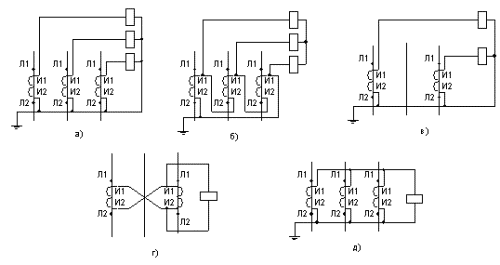
Current transformer connection diagrams. a — star, b — triangle, c — incomplete star, d — the difference between the currents of the two phases, d — the sum of the currents of the three phases.
With the help of current transformers, the primary current is reduced to the values most convenient for powering measuring devices and relays. Usually, the secondary currents of current transformers do not exceed 1 or 5 A.
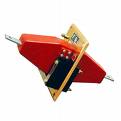 The primary windings of current transformers are included in the circuit section, and the secondary windings are closed to the load (devices, relays).Opening the secondary winding of the current transformer can lead to an emergency mode in which the magnetic flux in the core and the EMF in the open ends increase sharply. In this case, the maximum value of the EMF can reach several kilovolts. With magnetic saturation, the active losses in the magnetic circuit increase, which leads to heating and burning of the winding insulation.
The primary windings of current transformers are included in the circuit section, and the secondary windings are closed to the load (devices, relays).Opening the secondary winding of the current transformer can lead to an emergency mode in which the magnetic flux in the core and the EMF in the open ends increase sharply. In this case, the maximum value of the EMF can reach several kilovolts. With magnetic saturation, the active losses in the magnetic circuit increase, which leads to heating and burning of the winding insulation.
Unused secondary windings of current transformers are short-circuited using special clamps.
The primary windings of current transformers are isolated from the secondary windings at full operating voltage. However, in case of insulation failure, measures are taken to ensure the safety of work in the secondary circuits. For this, one of the ends of the secondary winding of the current transformers is grounded.
Current transformer designs
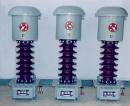 Current transformers are manufactured according to their design:
Current transformers are manufactured according to their design:
1. Current transformers for outdoor installation.
2. Internal current transformers.
3. Current transformers built into bushings of power transformers and oil tank breakers.
4. Overhead current transformers placed on top of power transformer bushings.
For embedded and surface-mounted current transformers, the primary winding is a current sleeve.
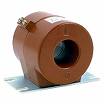 Depending on the type of installation and the operating voltage class, the primary winding, the current transformers perform:
Depending on the type of installation and the operating voltage class, the primary winding, the current transformers perform:
1. Epoxy-insulated current transformers (series TPL, TPOL, TShL).
2. Current transformers with oil paper insulation in porcelain housing (TFN, TRN series).
Operation of current transformers
Support current transformers must monitor them and identify visible faults. At the same time, the load on the first circuit is monitored and it is determined whether there is an overload. Overloading of current transformers is allowed up to 20%.
It is very important to monitor the heating and the condition of the contacts through which the primary current flows. If the contact pins of oil-filled current transformers become heated and contaminated with oil, it can ignite and cause a fire.
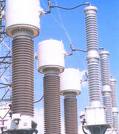 When examining, pay attention to the absence of external signs of damage (burning of contacts, cracks in porcelain), since current transformers are subject to thermal and dynamic effects when passing short-circuit currents through them.
When examining, pay attention to the absence of external signs of damage (burning of contacts, cracks in porcelain), since current transformers are subject to thermal and dynamic effects when passing short-circuit currents through them.
The condition of the external insulation of current transformers is important. More than 50% of cases of failure of cast resin current transformers occur as a result of overlap on dirty and damp insulator surfaces.
For oil-filled current transformers, the oil level is checked by the oil indicator, the absence of oil leakage, the color of the silica gel in the air dryer (blue - silica gel is good, red - damaged). If defects are found in live parts and insulation, the current transformer must be removed for repair.
